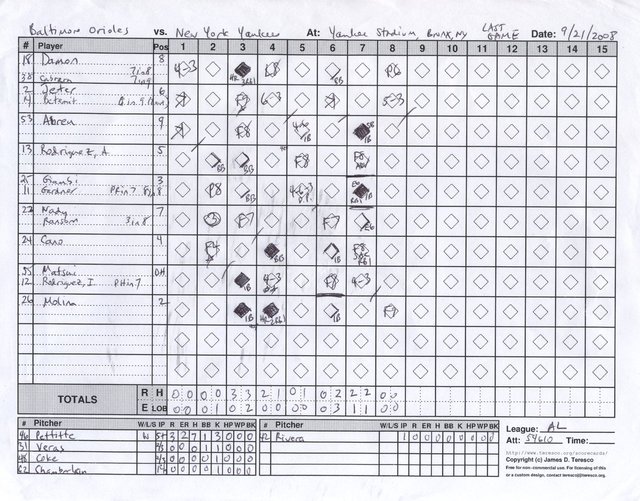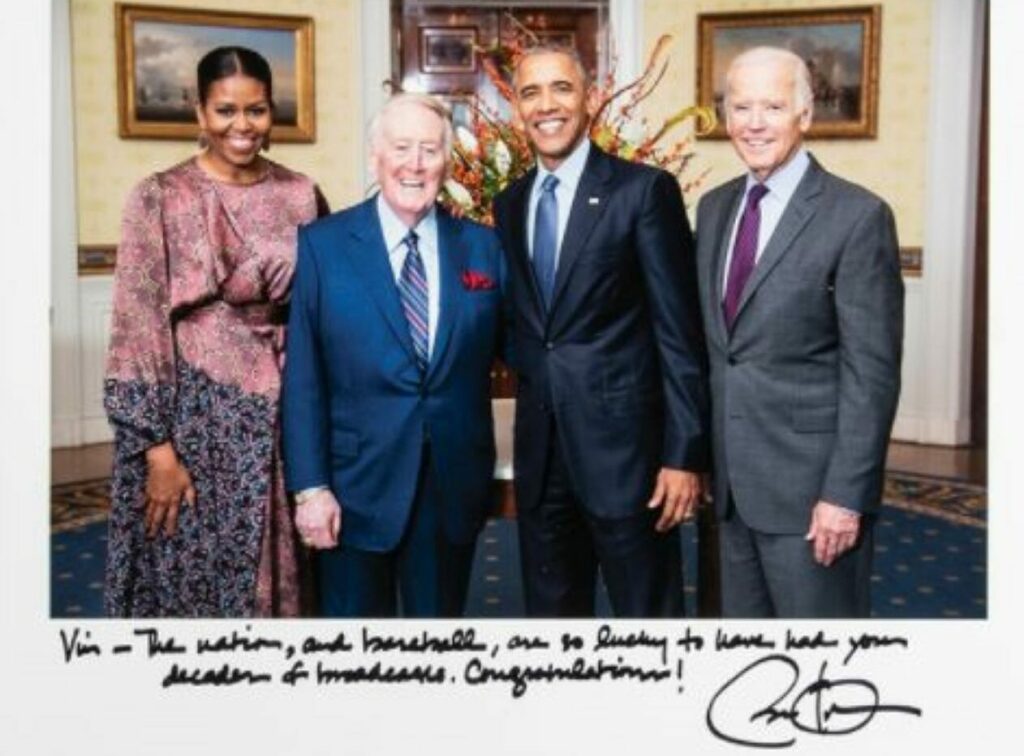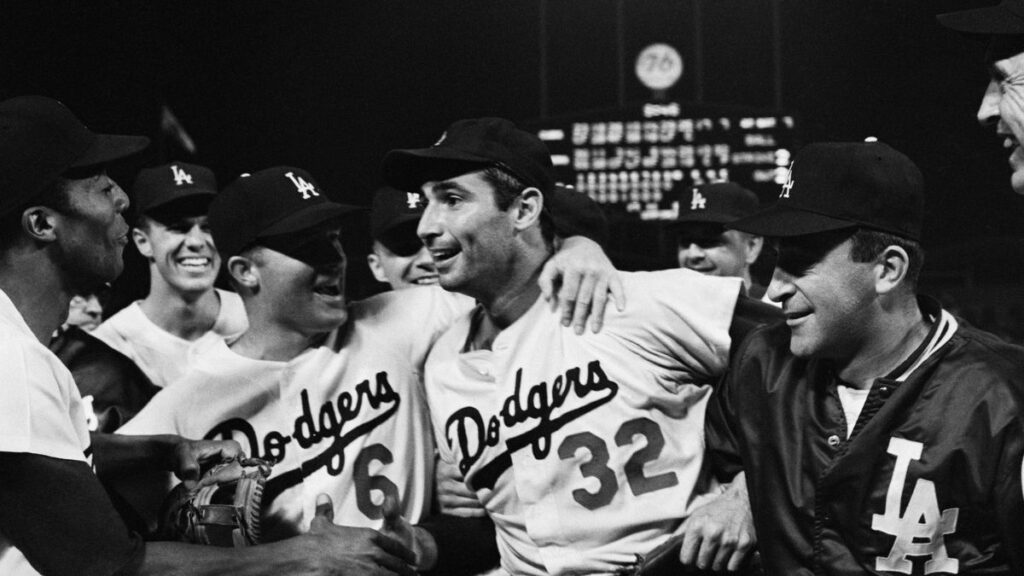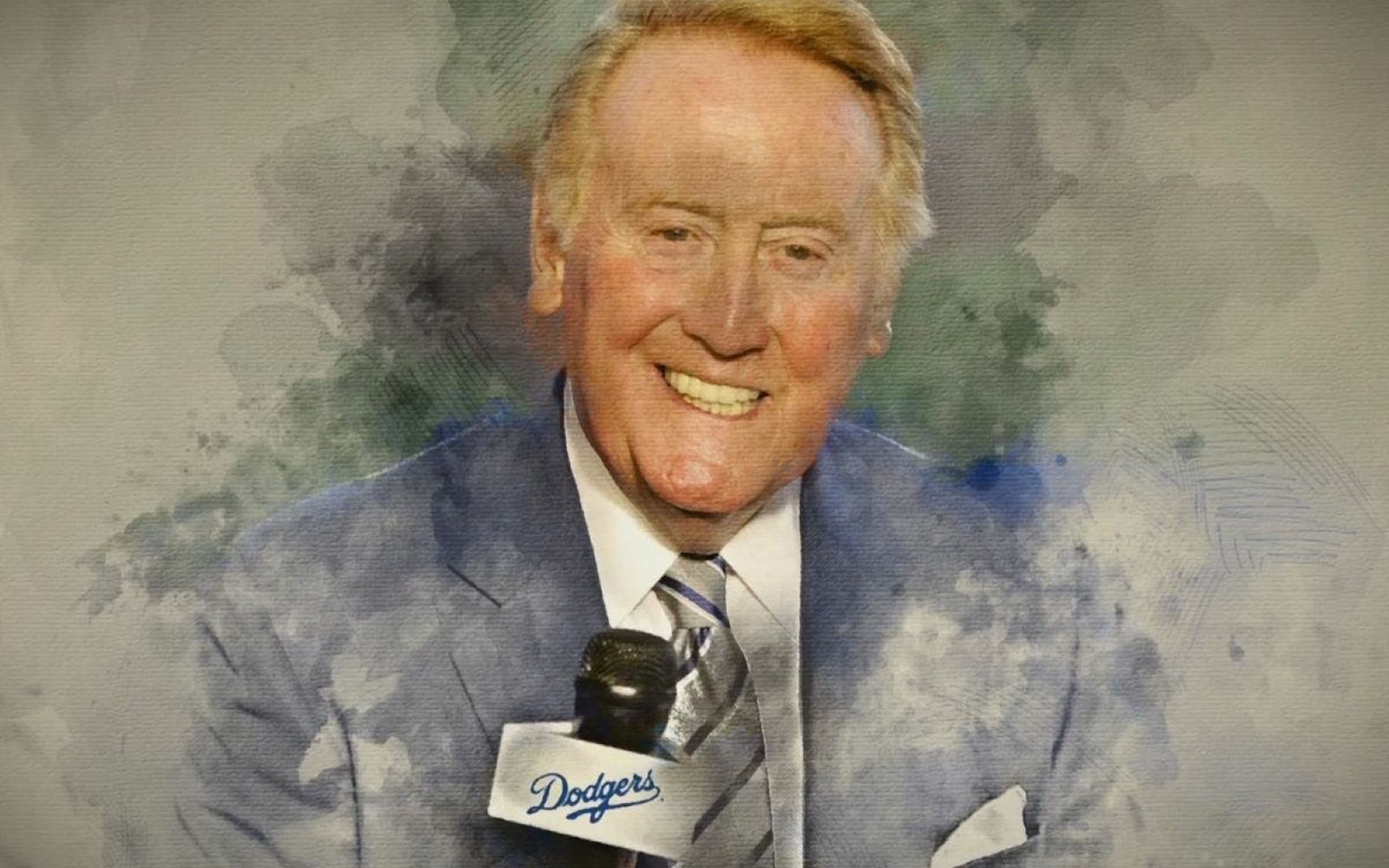There’s arguably no greater sport to have captured the heart and soul of America quite like the game of baseball. Personally, as someone who attended their first baseball game mistakenly thinking that the actual start of the game was the team warming up, I’ve found it concurrently fascinating and humorous to listen to die-hard fans explain the difference between just watching a game, versus immersing oneself in each detail of the brilliance happening on the field.
The Enlightenment
To experience baseball, they tell me that you need to become a student of the sport. You want to come to a game with a carefully selected, undying allegiance to a particular team. You round out that team level knowledge with predictions, carefully tinkered with invisible plans, and a deep understanding of how the slightest change in temperature factors into a player’s batting average. It’s a game of numbers with a distinctly human element.
Ultimately, the game is then proven out by a scorecard, which tells the complete and unvarnished tale of the entire game. They’d tell me all of this as though they’re one of the great sages leading a disciple to the fountain of wisdom. Meanwhile, I’d be trying to mask a yawn while thinking that hearing baseball stats sounded like a misguided use of brainpower, and that if applied differently, the American job market would be flooded with actuaries.

What Makes Baseball Great
What confused me was the passion I saw in these conversations. I know a handful of actuaries, and never saw any of them light up talking about their job quite like a conversation about a game fires up a baseball fan. Thinking about this is what finally led me to my epiphany; please excuse me for being a little slow in getting there. It dawned on me that their exuberance wasn’t only about the game of baseball itself, the great talent of the players, or the knowledge about the teams towards which they’d pledged never ending loyalty.
What they’d been doing was telling me baseball stories. Great, big stories that dance in front of them with the thinnest line between myth and reality. They’re telling stories about when the tough guy, Ty Cobb, hit two doubles and a triple and only then went to the hospital to be treated for a knife slash that he’d sustained before the game. Or when Sandy Koufax was celebrated for making baseball history by pitching four no-hit, no -run games for four consecutive years. Or when Larry Doby caught a game tying home run by leaping up above a fence and then sliding from the bullpen awning to land back in the field.
These stories in baseball weave a magical tale and capture moments that dazzle fans. These are all tales that involve ups and downs, are typically human centric, and live on well after anyone can recall the exact batting average of every player on their team’s roster each and every season.
Baseball games are great because of their players, that’s undeniable, but the heart and soul of what connects baseball with its fans are the stories told by the sportscaster that come along with the game. Metrics, numbers and scorecards are needed to prove out the value of a game, but we have the announcers to thank for creating the real connection that’s built this deep appreciation between the sport and its fans.
How do sportscasters take a numbers based sport and create the level of engagement that we see in baseball fans?
Also Read: Stop Skipping Lunch! How Glucose Levels Impact Meeting Productivity
Tell Me a Story, Vin!

Barak Obama
The legendary sportscaster and masterful storyteller, Vin Scully, spent 67 seasons in the broadcaster booth encouraging Los Angeles Dodger fans. To many he was more famous than some of the players on the field. Experiencing a baseball game through Vin Scully’s storytelling is the nirvana of inhaling the essence of baseball.
Breathe in. Listen to Scully describe the same Sandy Koufax celebration that was briefly mentioned earlier in this article.
“On the scoreboard in right field it is 9:46 p.m. in the City of the Angels, Los Angeles, California. And a crowd of 29,139 just sitting in to see the only pitcher in baseball history to hurl four no-hit, no-run games. He has done it four straight years, and now he caps it: On his fourth no-hitter he made it a perfect game. And Sandy Koufax, whose name will always remind you of strikeouts, did it with a flurry. He struck out the last six consecutive batters. So when he wrote his name in capital letters in the record books, that “K” stands out even more than the O-U-F-A-X.”

This adrenaline-inducing story, being read well after the event took place, has the reader envisioning a crowd of roughly 30,000 people leaning forward on the edge of their chairs and then bursting with euphoric celebration. Chances are that both a listener and reader are leaning forward themselves. By telling a story, instead of just the facts, both listeners and readers are engaging two hemispheres of their brain. Using both hemispheres allows them to hear the specific details, while making an inference on what the descriptive elements really look like. In addition to being engaging, this creates a deeper imprint in the brain’s memory.
The Secret to Great Storytelling
There are people who have the gift of storytelling. My father, for example, is a master storyteller. He can impart lessons through stories in a way that Aesop doesn’t enter the same league. Here’s a secret that I’ve learned from master storytellers. They do a lot of prep work to find out important and engaging details before presuming to deserve the time of their listener.
The first step in Scully’s process involves researching details about the opposing team for several hours before a game. Scully shared some of the types of information he would find useful and terms it as his “ammunition” that he’s pulled together before he gets to the ballpark. Here’s a direct quote, “All of a sudden I know that their first baseman just had an operation on his wrist, that the pitcher who’s got to pitch the fourth game will be coming off the DL to do that, that the first baseman was in the minor leagues…”
Notice that he didn’t list information that involved statistics or scorecards.
To have enough great stories to make his broadcasts engaging, Scully then goes to the ballpark several hours early and visits with the manager of that team. He asks questions with the hope of getting some entertaining tidbits to add color to his broadcast.
Something besides numbers, because in this day in age we are overwhelmed with numbers.
-Vin Scully
Scully discusses how he endlessly clips articles that are, “a personal note about a player that I think people might enjoy”. He gathers these nuggets of information regardless of how soon he may have an opportunity to use them. Scully does this because he understands how important it is for him to have stories available anytime the opportunity arises to share them.
So there we have it ladies and gentlemen, from the great Vin Scully himself. The hook for baseball is not solely about the numbers. The way to create a connection with participants is to paint a colorful picture with fantastic stories that are then peppered with the numbers that frame the game. A game that’s success is evaluated by a scorecard needs to be communicated carefully, “because in this day in age we are overwhelmed with numbers”.
When Pat Hughes, the famous Chicago Cubs announcer, was asked about Scully, he referenced Scully’s undeniable charisma, his recall of baseball history as well as his intense preparation. He explained that even with Scully’s vast experience, he still “grinds for every bit of information”. Doing the work to have an endless stream of colorful stories at his fingertips is what enabled Vin Scully to amass his loyal group of followers, which then allowed those followers to fall in love with baseball.

How to Apply Storytelling to Have Meaningful Meetings
What does this have to do with having meaningful meetings? It turns out, quite a lot. We may think that logic drives decisions, but actually emotions drive decisions. Once we’ve made a decision, we rationalize it afterwards. Data and stories combined together help meeting attendees relate on both an emotional and intellectual level. We want the information shared in meetings to be remembered. For the best potential success, it should be remembered by both the emotional and rational brain. Don’t kid yourself into thinking that most people are going to find a presentation of all numbers memorable. They may react in the moment as numbers can be a good wake-up call, but ultimately, “we’re all overwhelmed with numbers.”
The benefits are greater than that. Stanford professor, Jennifer Aaker, is passionate about how the power of storytelling enables business success. She shares that when using a memorable, impactful story, 63% of people remembered what was shared with them, versus 5% remembering a presentation based on statistics. It seems pretty clear that for our valuable time to be used meaningfully, we’d like a success rate of higher than 5%! Then again, if you’re part of the 95% who will forget this statistic, I probably should tell it to you in a story instead.
Once upon a time…
———————–






